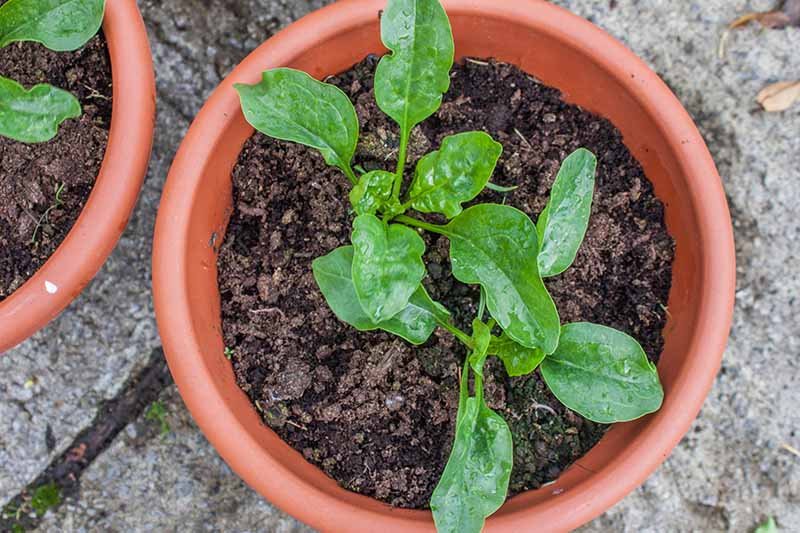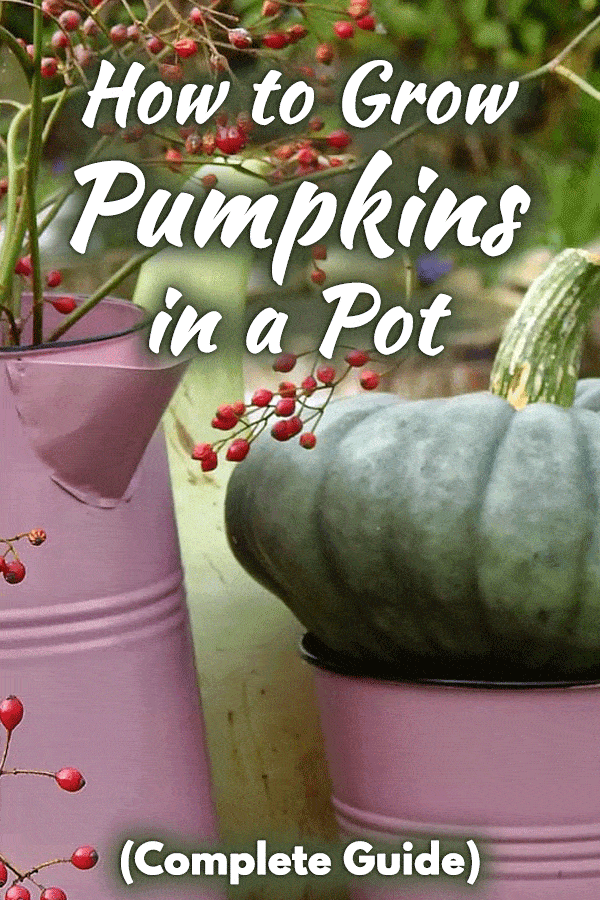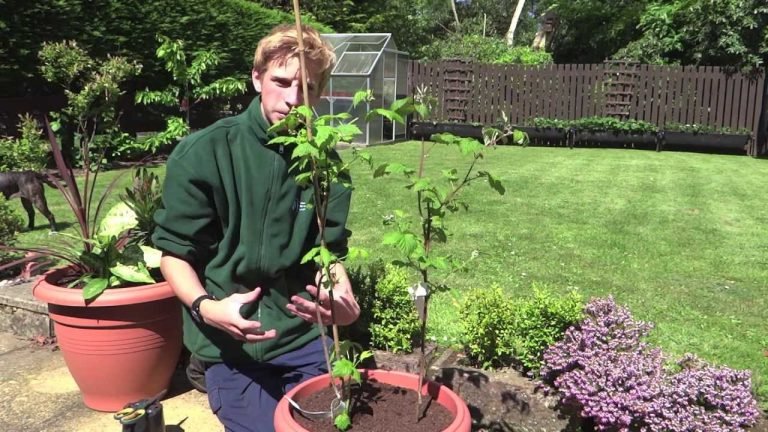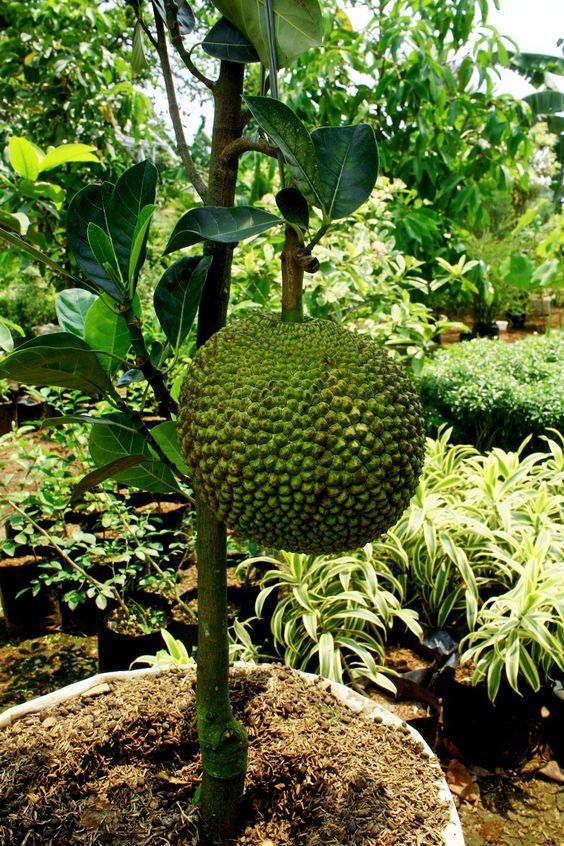how to grow spinach in a pot – [Beginners Guide]
Hey there! Are you interested in growing your own fresh greens at home but don’t have a lot of outdoor space? Well, I have some great news for you – spinach is one of the easiest greens to grow in pots!
I personally have been growing spinach in pots on my balcony for a few years now, and it has been a game changer for my home-grown produce. Not only is it incredibly easy to care for, but it’s also incredibly versatile in the kitchen. Plus, it’s packed with nutrients like iron, calcium, and vitamin K.
Growing spinach in pots also has the added benefit of being able to move the pots around to find the perfect spot for them. Spinach prefers cool weather and partial shade, so during the summer months, I move my pots to a shaded area of my balcony. In the winter, I move them to a sunnier spot to ensure they get enough light.
Overall, growing spinach in pots at home is a great way to have fresh greens all year round, it’s easy to care for, and it’s packed with nutrients. So, why not give it a try? I promise you won’t regret it.
Pot or container selection
When it comes to growing spinach in pots at home, the type of pot you use is important to ensure optimal growth. Here are some guidelines to follow when choosing a pot for your spinach.
Size and capacity: A pot with a capacity of at least 5-7 gallons is ideal for growing spinach. This will give the roots of the plant enough room to grow, and will also prevent the soil from drying out too quickly.
Construction: The pot should be made of a material that allows for good drainage, like terracotta or plastic. Avoid using pots made of metal or wood, as these materials can retain too much moisture and lead to root rot. Additionally, the pot should have at least one drainage hole at the bottom to allow excess water to escape.
It’s also a good idea to use a high-quality potting mix, as this will provide the spinach with the necessary nutrients and drainage it needs to grow well.
Overall, when choosing a pot for growing spinach at home, it is important to consider the size and capacity, as well as the material of construction. A pot with a capacity of at least 5-7 gallons and made of a material that allows for good drainage such as terracotta or plastic, with at least one drainage hole at the bottom would be ideal for optimal growth.
Make suitable soil mix
When growing spinach in pots at home, the type of soil you use is crucial for optimal growth. Here are some guidelines to follow when choosing a soil mix for your spinach.
Type of soil: Spinach prefers a well-draining, nutrient-rich soil. A good potting mix or a mixture of equal parts peat moss, vermiculite, and perlite is ideal for spinach.
pH level: Spinach prefers a slightly acidic soil with a pH level between 6.0-6.8. It’s a good idea to test your soil’s pH level before planting, and adjust accordingly with lime or sulfur.
Fertility: Spinach is a heavy feeder, so it’s important to add a slow-release fertilizer or compost to the soil mix before planting. Additionally, spinach can be fertilized every four to six weeks with a balanced water-soluble fertilizer to ensure it has all the necessary nutrients to grow well.
Overall, when choosing a soil mix for growing spinach at home, it is important to consider the type of soil that is well-draining and nutrient-rich, the pH level of the soil, which should be slightly acidic with a pH level between 6.0-6.8 and the fertility of the soil, which should be rich enough to sustain the spinach growth.
How to plant the spinach?
Step 1: Choose a container
Select a container that is at least 6 inches deep and has drainage holes at the bottom. You can use a plastic or clay pot, a hanging basket or even a grow bag.
Step 2: Preparing the soil
Fill the container with a high-quality potting mix. Spinach prefers well-drained soil that is rich in organic matter. You can also add a slow-release fertilizer to the soil before planting.
Step 3: Sowing the seeds
Sow the spinach seeds about 1/4 inch deep and 1 inch apart. Cover the seeds with soil and press down gently. Water the soil well, making sure it is evenly moist.
Step 4: Provide sunlight and warmth
Place the container in an area that receives full sunlight for at least 6 hours a day. Spinach prefers a temperature of 60-65°F (15-18°C) for germination.
Step 5: Watering and fertilizing
Keep the soil consistently moist but not waterlogged. You can also add a liquid fertilizer to the water every 2-3 weeks to provide the plants with the necessary nutrients.
Step 6: Harvesting
Spinach is ready to harvest in about 30-40 days after planting. Pick the leaves as you need them, starting with the outer leaves and working your way inward. This will allow the center leaves to continue growing and producing new leaves.
Note:
Spinach is a cool-season crop, it is best to plant it in the fall or early spring and avoid the hot summer months.
How to care for spinach?
Watering Requirement
Spinach prefers consistent moisture. It’s important to not let the soil dry out completely or become waterlogged. Water the soil well, making sure it is evenly moist. A good rule of thumb is to stick your finger into the soil, if it feels dry an inch below the surface, it’s time to water.
Fertilizer Requirement
Spinach is a heavy feeder, it requires regular fertilization to grow optimally. You can add a slow-release fertilizer to the soil before planting. During the growing season, you can also add a liquid fertilizer to the water every 2-3 weeks to provide the plants with the necessary nutrients.
Sunlight Needs
Spinach prefers full sunlight for at least 6 hours a day. It is best to place the container in an area that receives full sunlight. If you don’t have access to a sunny spot, you can also grow spinach indoors under grow lights.
Pruning & Training
Spinach is a leafy vegetable and does not require pruning. You can pick the leaves as you need them, starting with the outer leaves and working your way inward. This will allow the center leaves to continue growing and producing new leaves.
Other Care
- Spinach prefers a temperature of 60-65°F (15-18°C) for germination. Avoid planting in hot summer months.
- Remove any yellow or diseased leaves promptly to prevent the spread of disease.
- Spinach can be susceptible to pests such as aphids and slugs. Keep an eye out for any signs of infestation and take appropriate action.
Note:
Spinach is a cool-season crop, it is best to plant it in the fall or early spring and avoid the hot summer months.
Common problems
Pests
Spinach is susceptible to pests such as aphids, slugs, and snails. These pests can cause damage to the leaves, leading to a poor yield. To control pests, you can use a insecticidal soap or neem oil. You can also use slug bait or copper strips to control slugs and snails.
Diseases
Spinach is also susceptible to diseases such as powdery mildew, downy mildew, and leaf spot. These diseases can cause yellowing, wilting, and defoliation of the leaves. To control diseases, it’s important to practice good hygiene, such as removing and destroying any infected leaves. You can also use a fungicide to control the spread of disease.
Poor Production
Poor production can be caused by a variety of factors such as lack of sunlight, poor soil quality, irregular watering, and poor fertilization. To improve production, make sure the spinach is getting the proper amount of sunlight and is planted in well-draining soil with a consistent moisture level. Regularly fertilize the plants to provide them with the necessary nutrients.
Other Issues
- Spinach is a cool-season crop, it is best to plant it in the fall or early spring and avoid the hot summer months.
- Remove any yellow or diseased leaves promptly to prevent the spread of disease.
- Spinach can be susceptible to pests such as aphids and slugs. Keep an eye out for any signs of infestation and take appropriate action.
Note:
Regularly monitoring the spinach growth and taking appropriate action to address any issues that arise can help prevent problems and ensure a successful harvest.
Harvesting & storing homegrown spinach
When to harvest
Spinach is ready to harvest in about 30-40 days after planting. You can begin harvesting the leaves as soon as they are large enough to use. Pick the leaves as you need them, starting with the outer leaves and working your way inward. This will allow the center leaves to continue growing and producing new leaves.
How to harvest
To harvest spinach, use a sharp pair of scissors or a knife to cut the leaves off at the base of the plant. Be sure to remove only the mature leaves and not the entire plant. Overharvesting can lead to reduced yields.
How to know when they are ready for harvesting
Spinach leaves are ready for harvesting when they are at least 3 inches long and have a deep green color. The leaves should be crisp and fresh looking, avoid harvesting any yellow or wilted leaves.
Storing homegrown spinach
- Wash the spinach leaves and pat dry with a clean towel.
- Remove the stems and any yellow or damaged leaves
- Pack the spinach leaves in a plastic bag or container
- Place it in the refrigerator, It can last up to a week in the refrigerator.
Note:
By following these tips on harvesting and storing homegrown spinach, you can enjoy the fresh taste and health benefits of your homegrown greens for an extended period.
Growing spinach in container – Conclusion
In conclusion, growing spinach in a pot at home is a great way to enjoy fresh, healthy greens year-round. By following the simple steps outlined in this guide, you can successfully plant, care for, and harvest spinach in a container. The key to success is providing the plants with the right amount of sunlight, water, and nutrients, and regularly monitoring for pests and diseases.
By trying to implement the information at home, you can enjoy the following benefits:
- fresh and nutritious greens
- control over the quality of the soil and water
- ability to grow spinach in small spaces
- year-round access to fresh spinach
Don’t be afraid to experiment and try new things as you learn to grow spinach in a pot. With a little patience and care, you’ll be enjoying the delicious and nutritious bounty of your homegrown spinach in no time!








